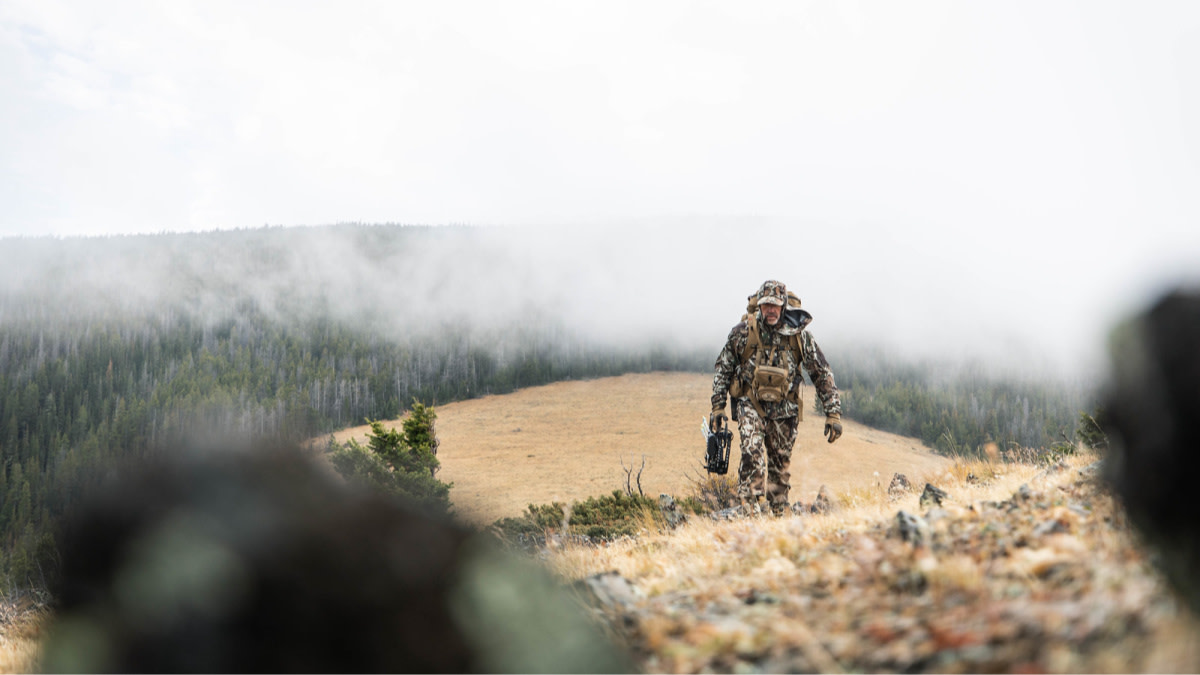
More people are buying hunting licenses than they have in a generation, according to U.S. Fish and Wildlife Service’s data. But other data from the same agency has consistently reported a downward trend in hunter numbers since the 1980s, creating palpable fear in state budgeting offices ever since. As states lost license sale and excise tax dollars, some looked to federal funds to fill their coffers. They chose to access those federal tax dollars by generating more license sales. Now, some people who have never hunted have a hunting license.
The most recent available data says that in 2016 over 15 million people bought hunting licenses, the most in 25 years. Yet the USFWS says the country has lost 1 million hunters in the field in the past decade. Which is it? Turns out, both are true.
Some states, such as Arizona and Georgia, started selling fishing-hunting combination licenses. Jim Curcuruto, director of research and market development for the National Shooting Sports Foundation, explained. “A guy might’ve bought it, but it doesn’t mean he’s a hunter. The states are kind of gaming the system to get the federal excise taxes.”
The Data is Messy
The metric to track growth follows paid hunting license holder numbers. Each holder represents an individual, and while there are hunters who hunt out of state represented at least twice in the data, that has always been the case.
Since each license represents an individual, the USFWS uses the number of paid license holders, along with the state’s land area, in a formula to determine how much federal money to dole out. The more paid license holders, the more money that state receives.
A federal excise tax on sales of firearms, ammunition and archery gear siphons money to a trust fund (commonly called the Pittman-Robertson Fund) operated by the USFWS. That’s the money states are chasing. Congress established the fund in 1937 upon realizing that our public wildlife resources had to be conserved so future generations could have a chance to enjoy them. Conservation is expensive and states needed a funding mechanism during the Great Depression.
The United States hasn’t seen this many license holders since 1993. In 2016, 15,620,578 people purchased a hunting license, up from 15,413,638 in 2014, according to data reported by the USFWS. (Due to a two-year reporting lag, the data released in 2018 is from 2016). The upward trend isn’t confined to a specific region of the country. More people aren’t buying licenses out West than back East, but the declines in the majority of the Midwest are consistent, and in some cases, dramatic.
The Growth
One license holder is equal to one person, and Oklahoma led the country in license sales growth in recent years. They had an increase of more than 100,000 buyers in a 3-year span. That growth came from an enterprising hunting and fishing compact hashed out between Oklahoma’s governor and the Cherokee and Choctaw nations.
“We added around 90,000-95,000 paid license privileges through a state tribal compact. Reservations did a deal with the state, where all of the members get annual licenses,” said Nels Rodefeld, chief information and education officer for the Oklahoma Department of Wildlife Conservation.
The 3-year agreement between the state and the Choctaw Nation granted the ability for the tribe to purchase at least 50,000 licenses annually at $2 a piece, and the tribe paid annual administrative costs to the ODWC.
The State of Idaho has taken a slightly different tack. Both deer and elk tags have been selling out in recent years, and some of that can be attributed to the state’s 3-year license program. Residents and non-residents can buy a 3-year hunting license and then apply for species-specific tags or buy them over the counter. People have been able to buy a combination license in Idaho since 2000. In the Gem State, an annual resident fishing license is $30 and a hunting/fishing combo is only $8 more.
“It’s not a huge discount, but it’s convenient,” said Roger Phillips of Idaho Fish and Game. “Implementing a 3-year license has helped keep hunters returning for 3 years and those are registered as license holders every year.”
The Withering
On the flip side, the state of Michigan lost a reported 61,795 license holders between 2014 and 2016, the most of any state in the country.
The state has paid close attention to the tanking license sales. “A significant contributor can be noted from the extremely high post-war Baby Boomer generation,” said Dustin Isenhoff, a Michigan Department of Natural Resources market researcher. The hunters of the Pleasant Peninsula are aging out and no one is replacing them.
“Any uptick [in hunter participation] you see at the state level is welcome news,” said Bill Brassard of the National Shooting Sports Foundation. He cites access as the major problem hunting faces. Not just access to hunting land, but also access to mentors and access to information about hunting. The group initiated projects like “+ONE” and launched the website letsgohunting.org to stymie the loss.
License sales and participation data sets are both true: There are less hunters in the field, but more people with hunting licenses. And state wildlife departments are generating more funding. The 200,000 new license holders may not fill the woods or mountains this coming fall, but they’re helping to foot the bill for those who do.
Feature image via Captured Creative.





